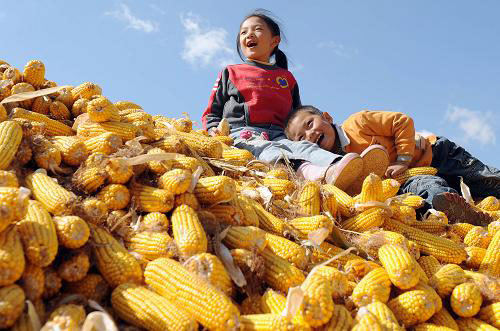6月25日召開的國務院常務會議確定,在保護農民利益前提下,推動最低收購價、臨時收儲和農業補貼政策逐步向農產品目標價格制度轉變。從大豆和棉花入手,分品種推進補貼試點,當產品市場價格低于目標價格時,補貼農民,保證農民基本收益。

請看《中國日報》的報道:
Under the new policy, the government will set up a target price for each kind of major agricultural product. Farmers will receive subsidies from the government when the market price is below the target, while low-income groups will receive subsidies when the market price soars.
在新政策下,政府將對每種主要農產品都設立目標價格。當市場價格低于目標價格時,農民將收到政府發放的補貼,當市場價格高漲時,低收入群體將得到補貼。
過去幾十年,中國一直采用的是agricultural subsidies(農業補貼)政策。今年,我國正式取消大豆、棉花的temporary purchase and storage policies(臨時收儲政策),啟動新疆棉花、東北和內蒙古大豆目標價格補貼試點,并決定取消大米的minimum purchasing price(最低收購價)。
依據新政策,政府將對每種主要農產品都設立target price(目標價格),當市場價格低于目標價格時,農民將能得到補貼。改革的目的是為了建立market-oriented pricing mechanism(以市場為導向的價格機制)。
(中國日報網英語點津 陳丹妮)
